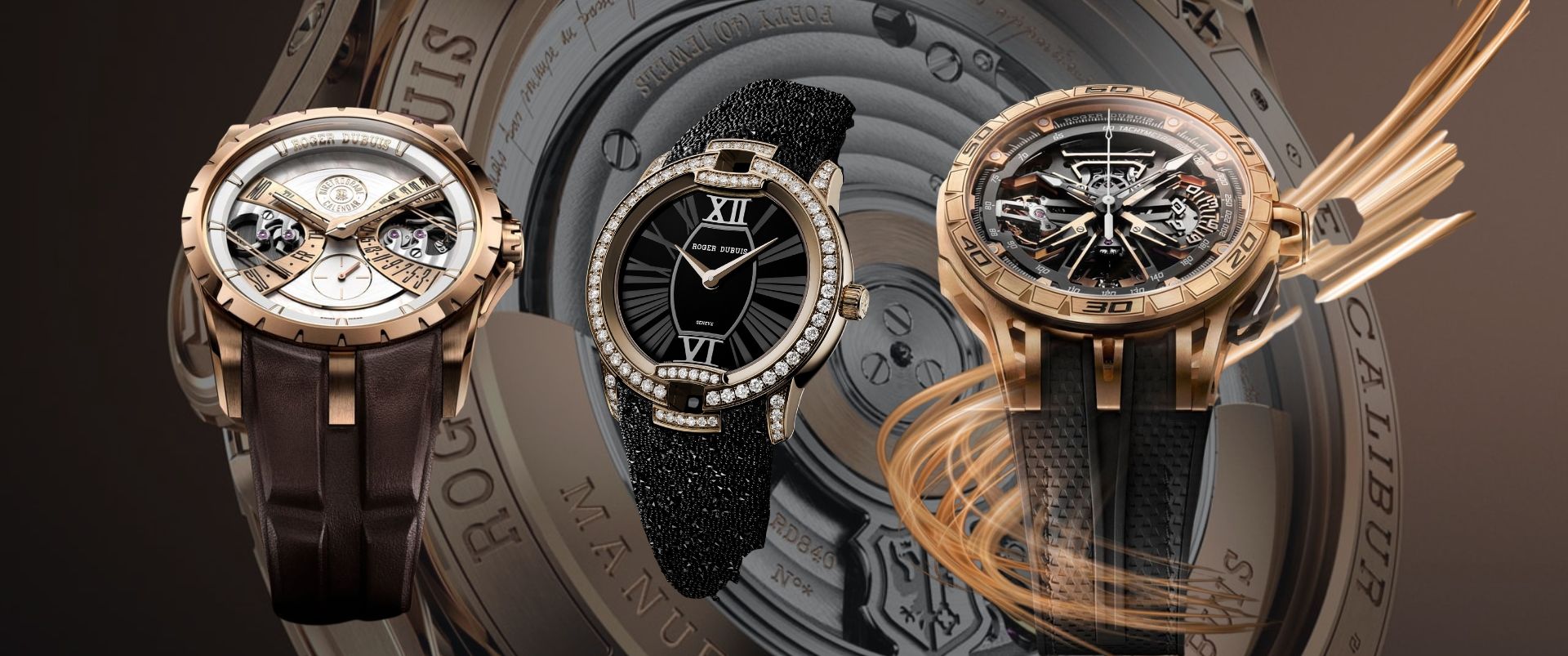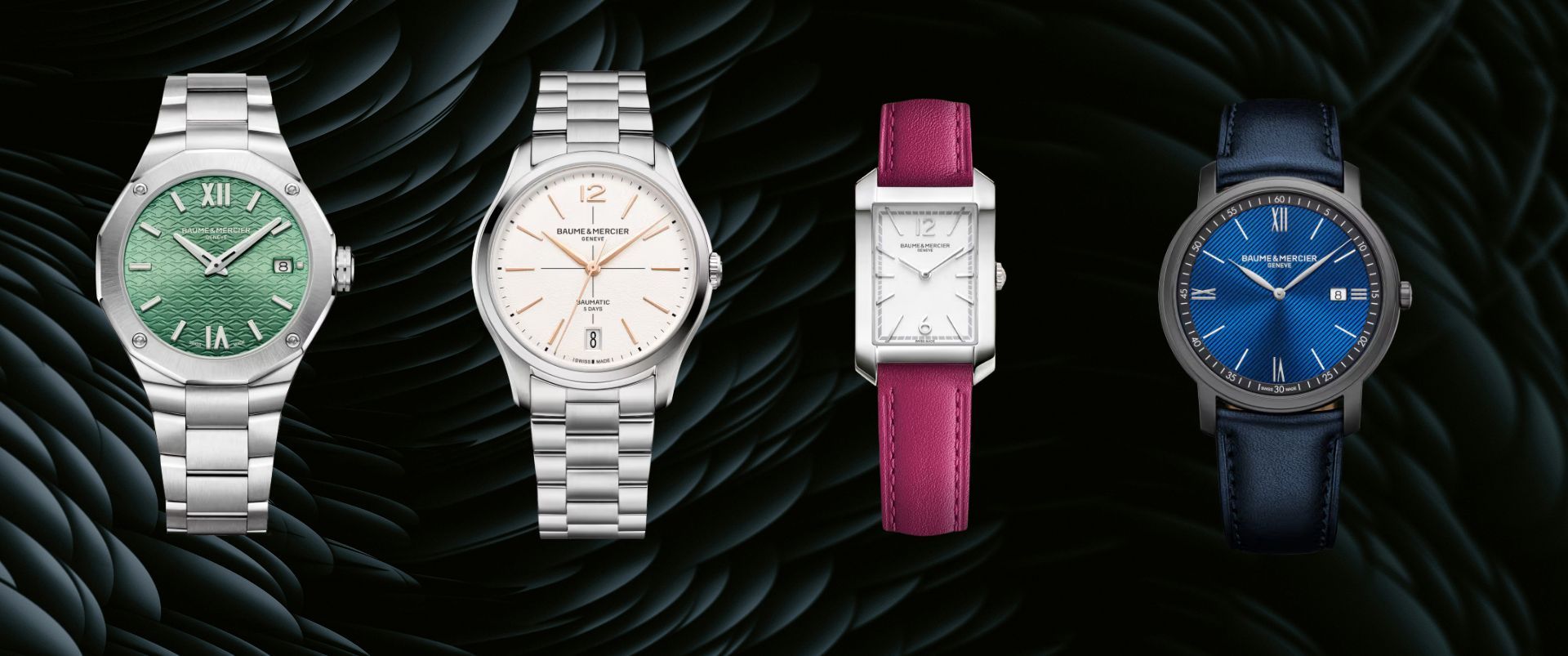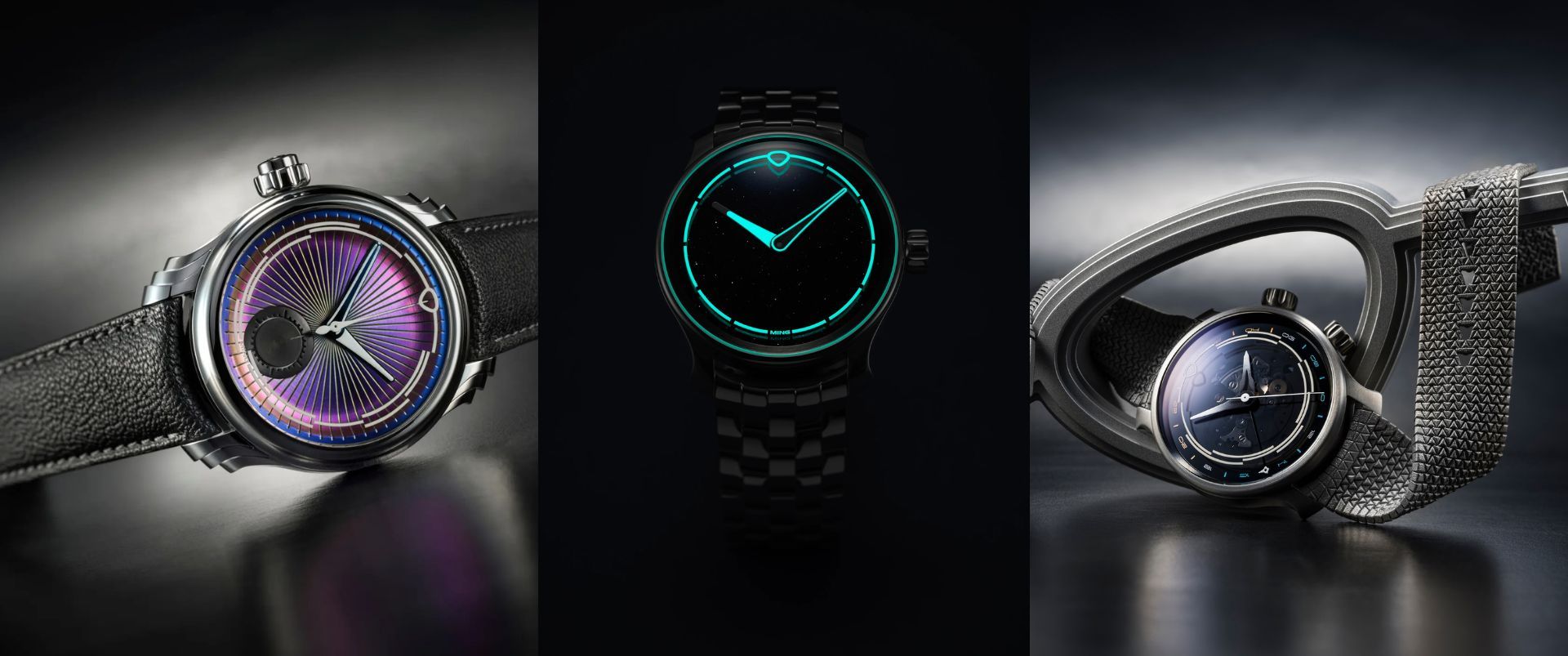Know Your Watches: What Is An Aventurine Dial?
In the world of luxury watches, aesthetics and craftsmanship go hand in hand. Among the many artistic dial options, aventurine dials stand out as one of the most visually enchanting. Resembling a clear night sky dotted with stars, aventurine dials have enraptured both watch collectors and enthusiasts alike. But what exactly are aventurine dials, how are they made, and which watch models have harnessed its beauty into their creations? Let’s explore this fascinating facet of horology.
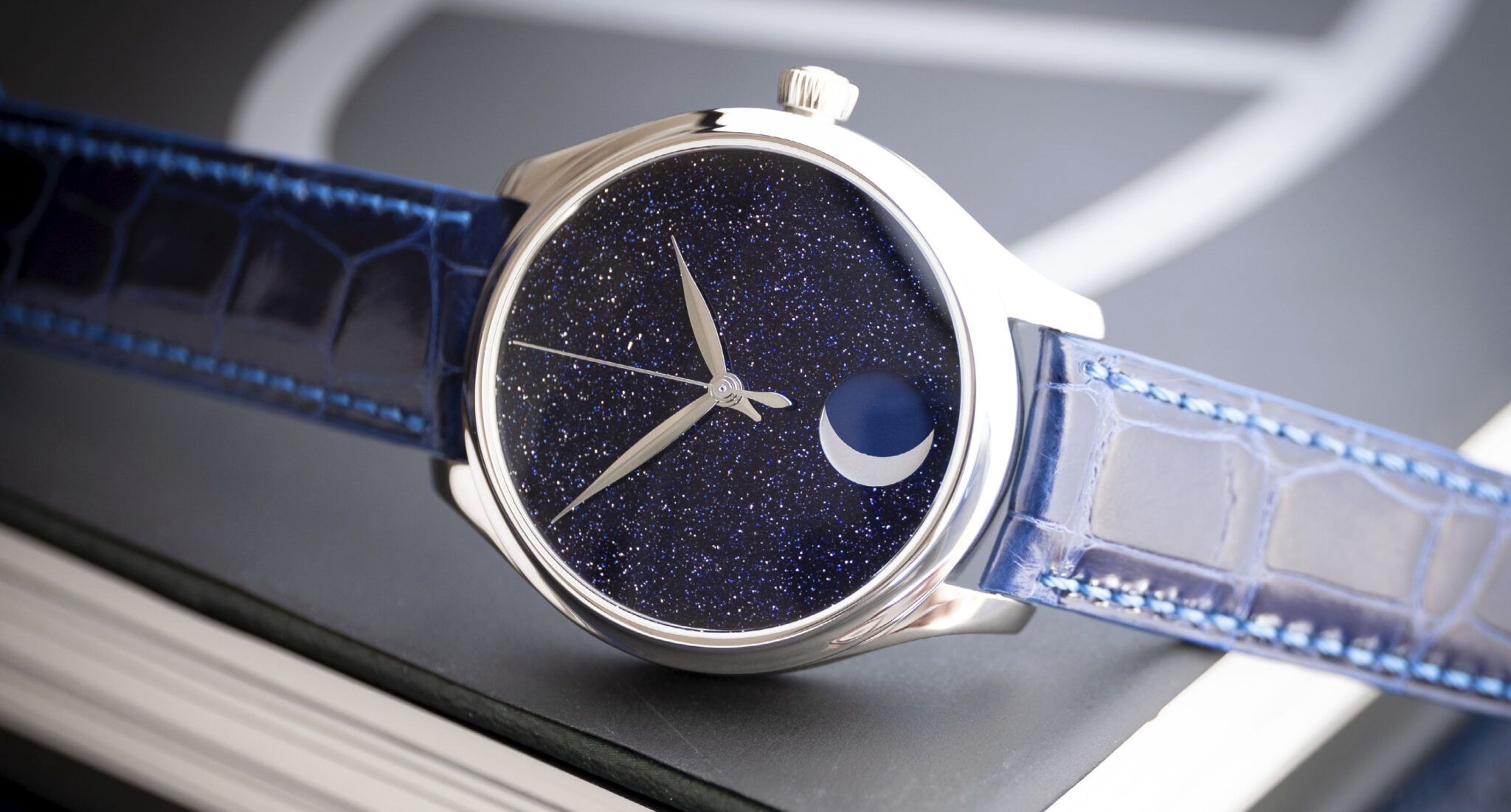
Aventurine is a form of glass that is imbued with tiny particles of metallic oxides, typically copper or chromium, which give it a shimmering, starry appearance. This material is often associated with aventurine quartz, a type of mineral that displays a similar glittering effect due to natural inclusions. In watchmaking, aventurine glass is used to create dials that mimic the beauty of the night sky, with a mesmerizing sparkle that shifts as light hits the surface. Prized for their unique beauty, aventurine dials are often found in watches with a celestial or astronomical theme. The deep, dark color of the aventurine, combined with its sparkling inclusions, creates an otherworldly effect that captures the imagination.
How Are Aventurine Dials Made?
Aventurine is a material that has been growing in popularity in watchmaking. It was first discovered by Italian glassblowers in Venice in the 17th century, although some experts believe that its history is rooted in more ancient times. Red copper ruby glass, along with purpurin glass, is used to make this exquisite material. When cobalt is added to the glass, which is originally brown or red, the glass magically turns to a beautiful blue. Flecks of copper are then added, which shimmer like stars in the sky. Aventurine is notoriously difficult to work with, especially considering how delicate the material is—for every dial that the watchmaker manages to create, there are at least five that end up breaking. But the one who does go on to become a dial will always remind you to keep your eyes heavenwards.
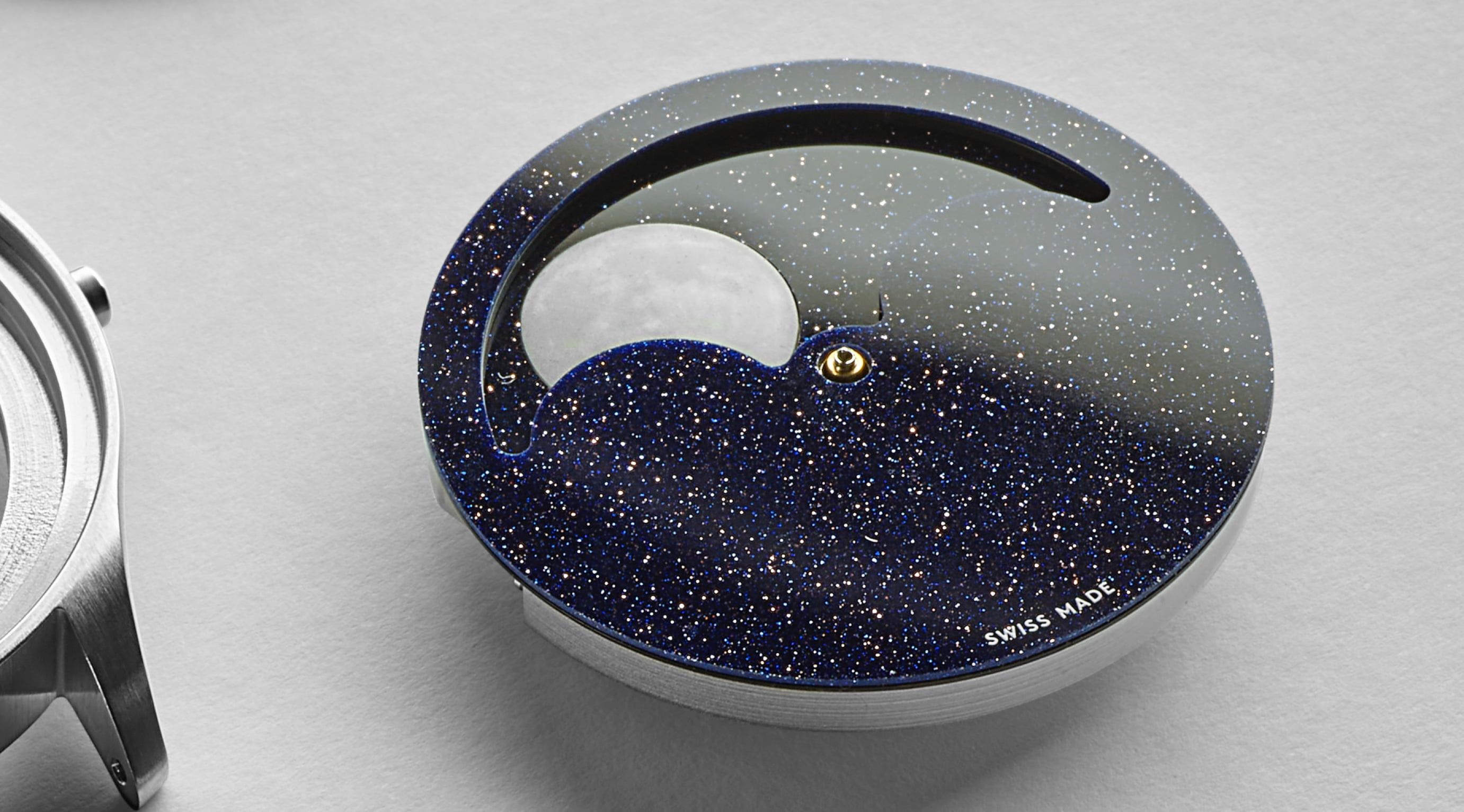
Once the aventurine glass is formed, it is carefully cut into thin slices for use as watch dials. This step is delicate, as the material is prone to breaking or chipping if not handled with precision. The dial is then polished to enhance its shine and luster. Depending on the watch design, additional elements such as indices, hands, and branding may be added, but often the simplicity of the aventurine dial itself is enough to make a statement. The creation of aventurine dials is time-consuming and requires a blend of artistic skill and technical expertise. This is why watches featuring aventurine dials are often positioned as luxurious and exclusive pieces.
Watch Models That Feature Aventurine Dials
Several prestigious watch models have incorporated aventurine dials into their designs, adding a touch of celestial charm to their timepieces. Here are a few notable examples.
Frederique Constant Classic Tourbillon Manufacture: The Classic Tourbillon Manufacture is a limited-edition watch with a 39 mm white gold case and aventurine dial, with only 36 pieces available. It features Frederique Constant's signature Heart Beat aperture at 6 o'clock and is designed for collectors who appreciate a timeless, celestial-inspired timepiece. Combining poetic beauty with technical sophistication, this watch is sure to become one of the most coveted pieces from the Genevan manufacturer.

Czapek Antarctique Polar Sky: Czapek has a longstanding love affair with aventurine, having harnessed its mysterious beauty for special editions of both Quai de Bergues and Faubourg de Cracovie. In its latest drop, Czapek introduced the Antarctique Polar Sky featuring a resplendent aventurine dial. The visual depth and subtle ‘starry sky’ sparkle of the aventurine contrast with the brilliance of the Antarctique- cut index markers which, in turn contrast with the polished surfaces and cool tones of the steel case, creating harmony from apparent contradictions.
Arnold & Son Perpetual Moon 38: Expanding its Perpetual Moon 38 line, Arnold & Son added a new addition featuring a sparkling aventurine dial. The large 29mm aperture hosting the moon phase complication spans the dial from 10 to 2 o’clock. The sky, in blue aventurine, features the giant 11.2mm moon crafted in iridescent white mother-of-pearl accompanied by the constellations of Cassiopeia and Ursa Major. The moons are hand-painted with details like shadows to make them more realistic. The moon and stars emit a bright white glow in the dark, thanks to the Super-LumiNova.

Christopher Ward: With a one-of-a-kind aventurine dial that resembles the sparkling night sky, this moonphase by Christopher Ward is a sight to behold. Featuring a luminous, 3D moon 25 percent bigger than any of its previous moonphase – and even more accurate in appearance. The watch is complete with power courtesy of Calibre JJ04, the brand’s ingenious in-house module that not only follows the movements of the moon perpetually for 128 years but looks beautiful while doing so.
A. Lange & Söhne Saxonia Thin: The Saxonia Thin is the manufacture’s thinnest watch so far. It focuses on the essential functions of a mechanical timepiece: the display of hours and minutes. The reduced and well-organised dial architecture with the long baton appliques in solid gold emphasizes the elegant personality of this two-hand watch. Featuring an aventurine dial, the vivid blue shades create a contrasting canvas for the gilded flecks to shimmer as the light hits the surface of the watch, creating a mesmerizing play of light and shadow.

Aventurine dials represent the perfect blend of artistry and technical prowess in watchmaking. Their ability to capture the beauty of the night sky has made them a popular choice for brands that wish to evoke a sense of wonder and luxury in their timepieces. Whether it’s the Czapek Polar Sky or the starry night depicted on an Arnold & Son Perpetual Moon 38, aventurine dials add a touch of celestial magic to any watch collection.
No articles found

